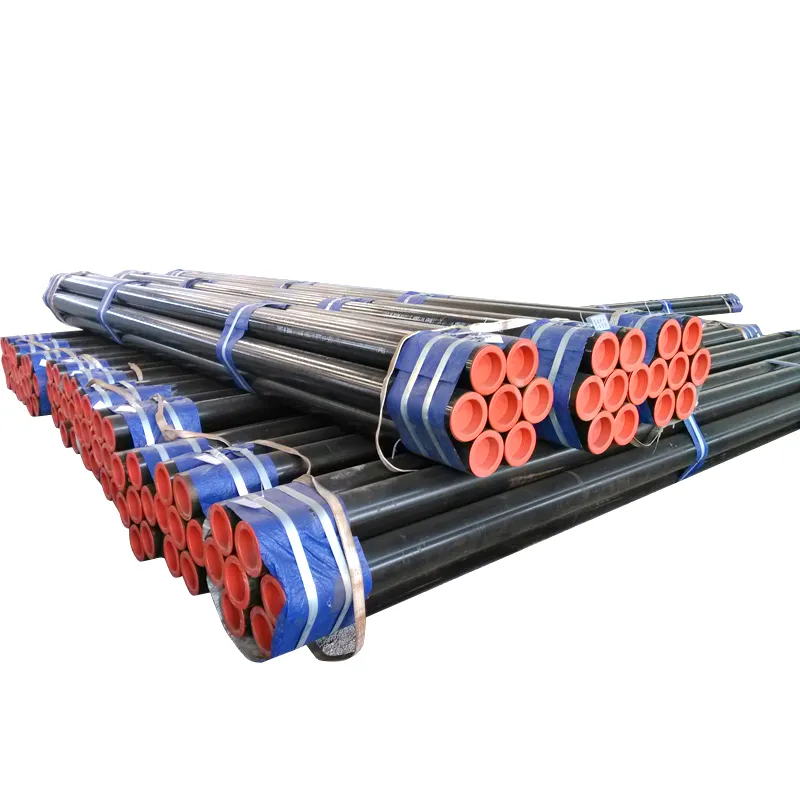Welded steel pipe is a versatile engineering material produced by joining steel plates or strips along their edges using various welding techniques, resulting in a cylindrical structure suitable for a wide range of applications. The manufacturing process begins with cutting steel into flat sheets, which are then formed into pipes through cold or hot rolling, followed by longitudinal or spiral welding. Common welding methods include ERW, SAW, and submerged arc spiral welding (SAWL), each offering different advantages in terms of pipe size, wall thickness, and strength. Welded steel pipes are available in various materials, such as carbon steel, stainless steel, and alloy steel, with grades ranging from low strength to high yield varieties like Q345B. These pipes are valued for their cost effectiveness compared to seamless pipes, especially for large diameter applications where seamless production is less practical. Key applications of welded steel pipes include oil and gas pipelines, water and sewage systems, structural supports in buildings and bridges, and mechanical components in machinery. The quality of welded steel pipes depends on rigorous manufacturing and testing processes, including material certification, weld inspection, and pressure testing to ensure integrity under operational conditions. Surface treatments like galvanization, epoxy coating, or polyethylene wrapping can be applied to enhance corrosion resistance for specific environments. International standards such as API Spec 5L (for pipeline steel), ASTM A53, and EN 10219 govern the production and testing of welded steel pipes, ensuring consistency and reliability across global markets. The adaptability of welded steel pipes to different sizes, pressures, and environmental conditions makes them an essential component in modern infrastructure and industrial systems.


